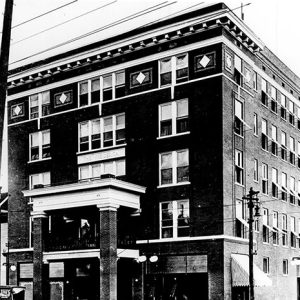 Hotel Frederica
Hotel Frederica
Entry Category: Arts
 Hotel Frederica
Hotel Frederica
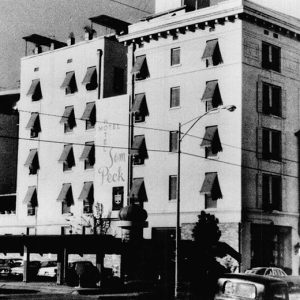 Hotel Sam Peck
Hotel Sam Peck
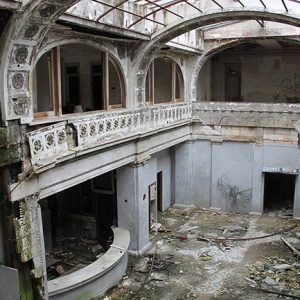 Hotel Pines Lobby
Hotel Pines Lobby
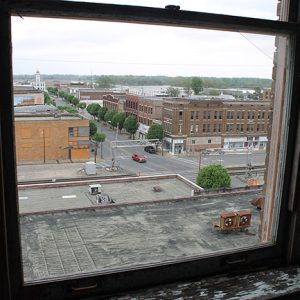 Hotel Pines View
Hotel Pines View
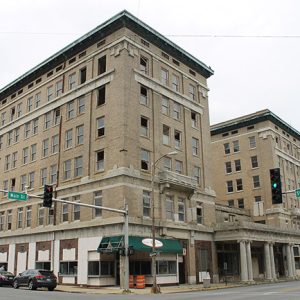 Hotel Pines
Hotel Pines
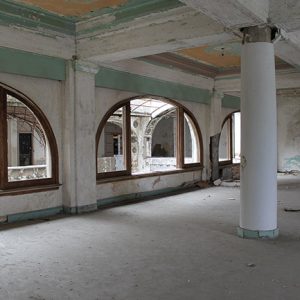 Hotel Pines Ballroom
Hotel Pines Ballroom
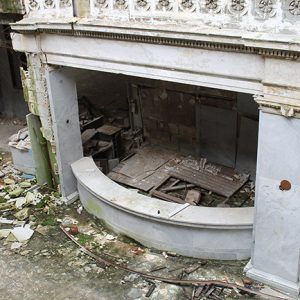 Hotel Pines Front Desk
Hotel Pines Front Desk
Hotel Pines
 First Hotze House
First Hotze House
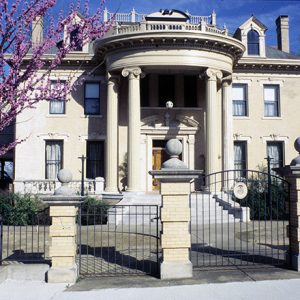 Hotze House
Hotze House
Hotze House
 Hotze House
Hotze House
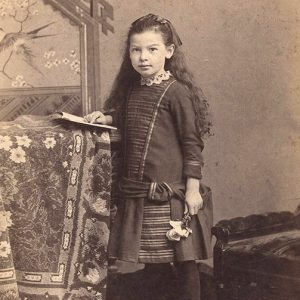 Clara Hotze
Clara Hotze
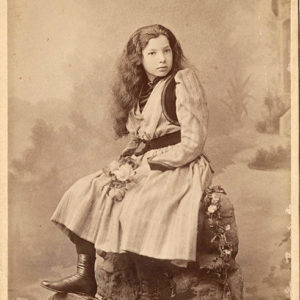 Clara Hotze
Clara Hotze
 House at 712 North Mill Street
House at 712 North Mill Street
House at 712 North Mill Street
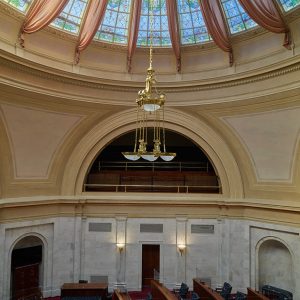 House Chamber
House Chamber
Howard County Courthouse
Howard, John Miller
 Howe Hotel
Howe Hotel
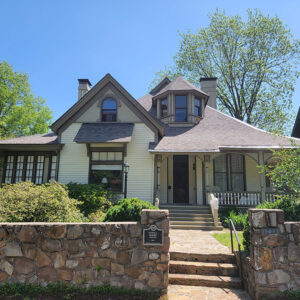 Howell-Morris House
Howell-Morris House
Howlin’ Wolf
aka: Chester Arthur Burnett
Hubert and Ionia Furr House
Hudson-Grace-Borreson House
aka: Hudson-Grace-Pearson House
Hudson-Jones House
 Hudson-Jones House
Hudson-Jones House
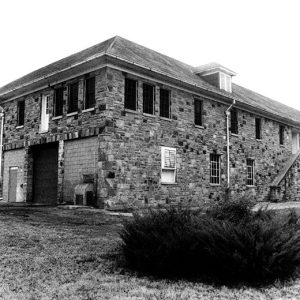 Hughes Hall
Hughes Hall
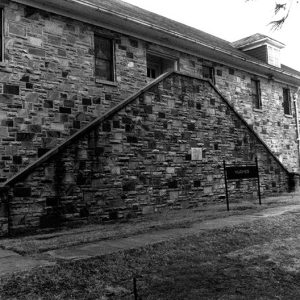 Hughes Hall
Hughes Hall
Hughes Hall (Arkansas Tech University)
aka: Rock Armory
 Hughes Hall Window Detail
Hughes Hall Window Detail
Hursley, Timothy Joseph
Hynson, Hazel Shanks
Hyten, Charles Dean
 Charles "Bullet" Dean Hyten House
Charles "Bullet" Dean Hyten House
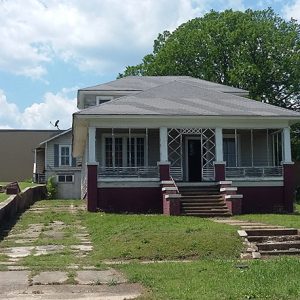 Charles "Bullet" Dean Hyten House
Charles "Bullet" Dean Hyten House
 "I Want to Be a Cowboy's Sweetheart," Performed by Patsy Montana
"I Want to Be a Cowboy's Sweetheart," Performed by Patsy Montana
Independent Order of Odd Fellows Building (Benton)
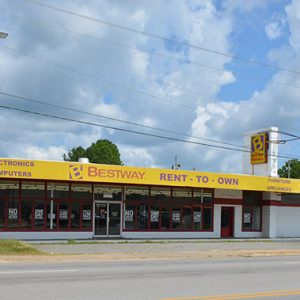 International Harvester Servicenter
International Harvester Servicenter
 International Harvester Servicenter
International Harvester Servicenter
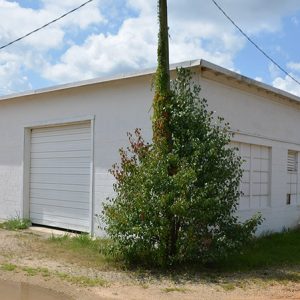 International Harvester Servicenter
International Harvester Servicenter
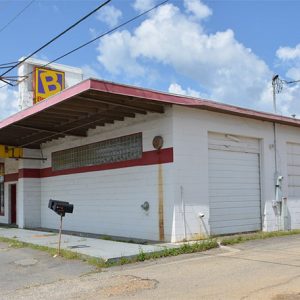 International Harvester Servicenter
International Harvester Servicenter
International Harvester Servicenter
Interstate Orphanage
aka: Ouachita Children’s Center
aka: Interstate Orphans’ Home
aka: Hot Springs Children's Home
aka: Hot Springs Orphans' Home
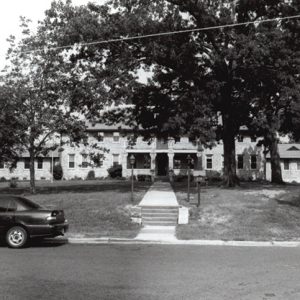 Interstate Orphanage
Interstate Orphanage
Izard County Courthouse
J. V. Bell House
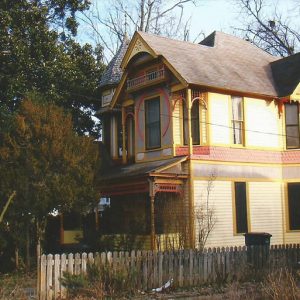 J. V. Bell House
J. V. Bell House
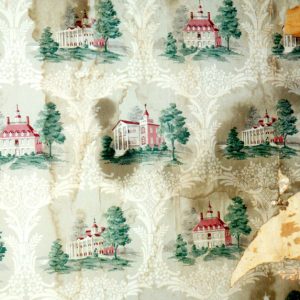 J. V. Bell House Wallpaper
J. V. Bell House Wallpaper
Jack Tar Hotel and Bathhouse
aka: Garland Tower
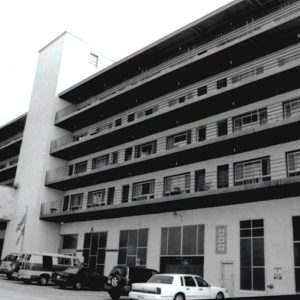 Jack Tar Hotel and Bathhouse
Jack Tar Hotel and Bathhouse




